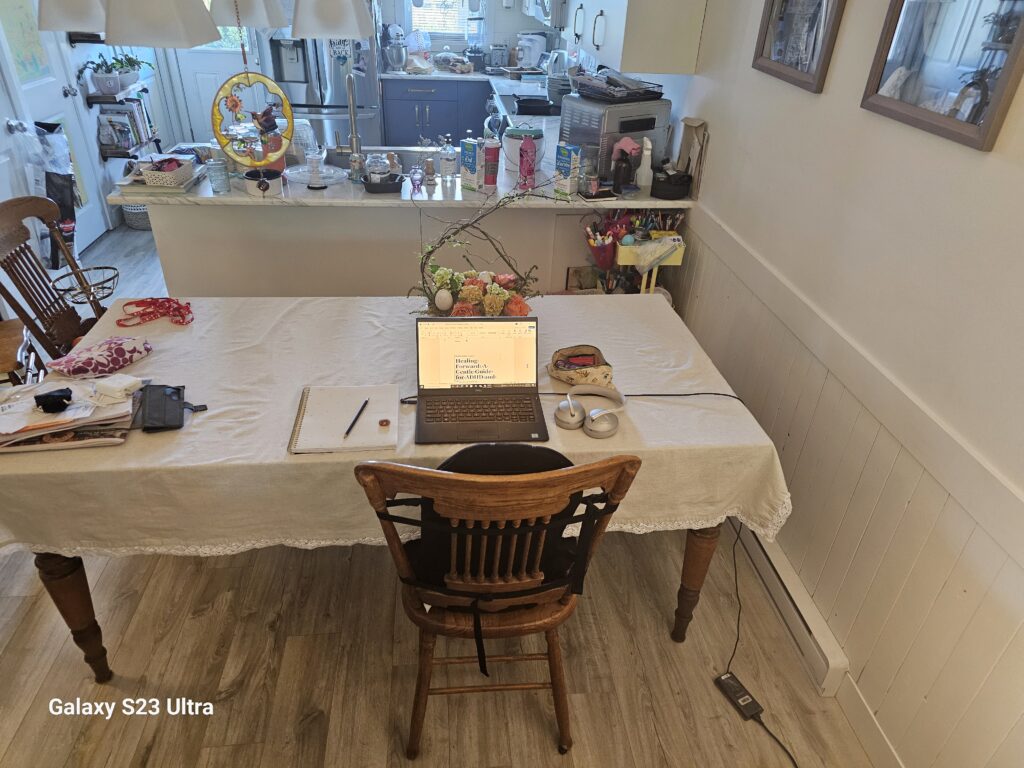
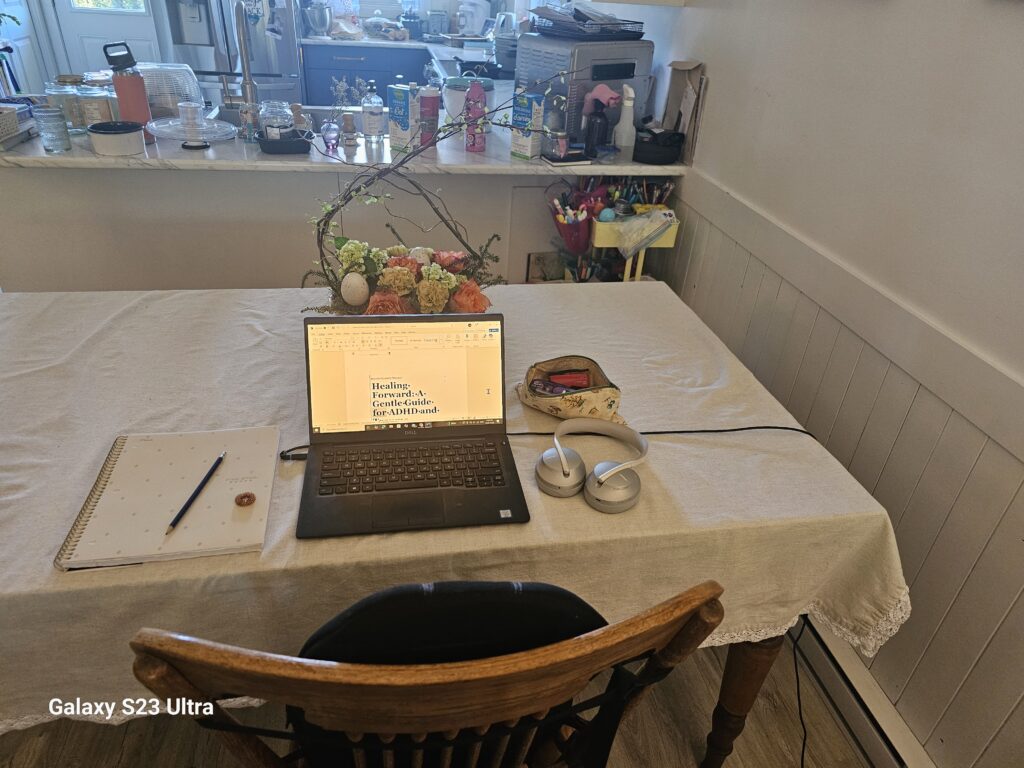
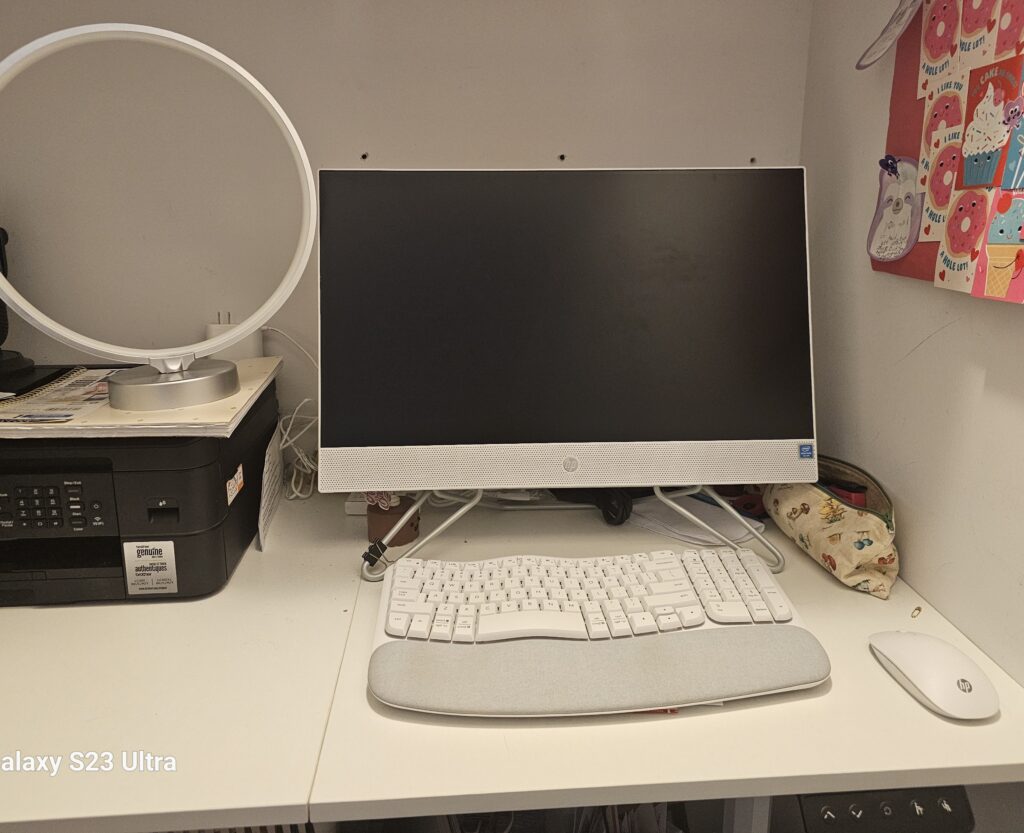
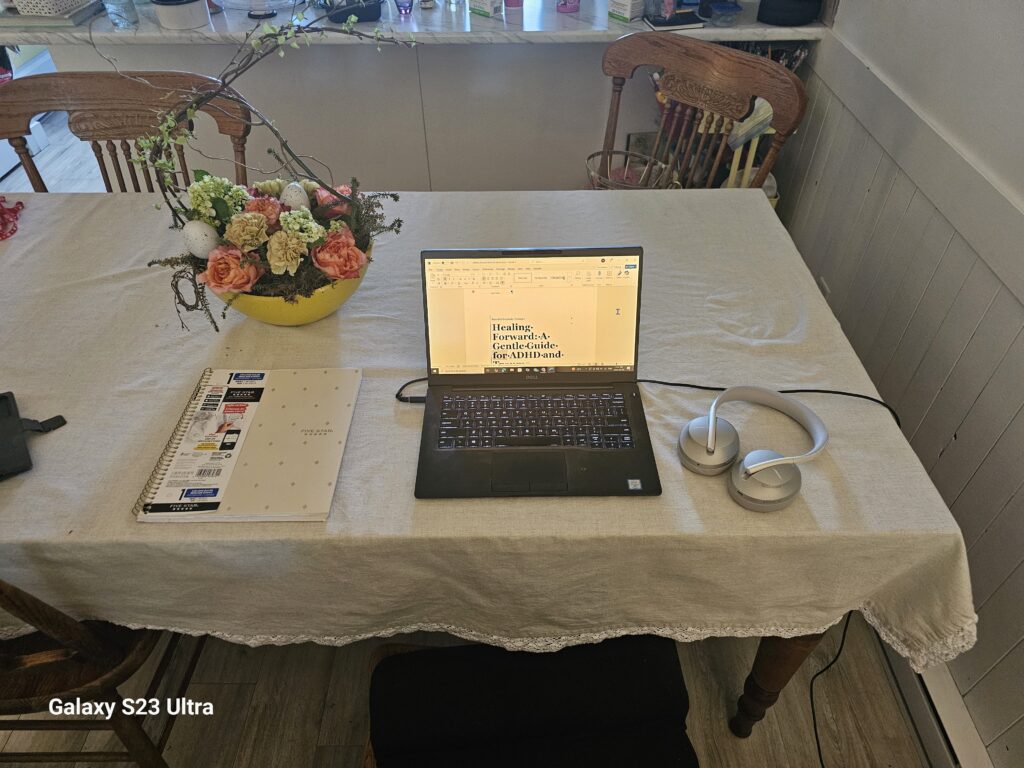
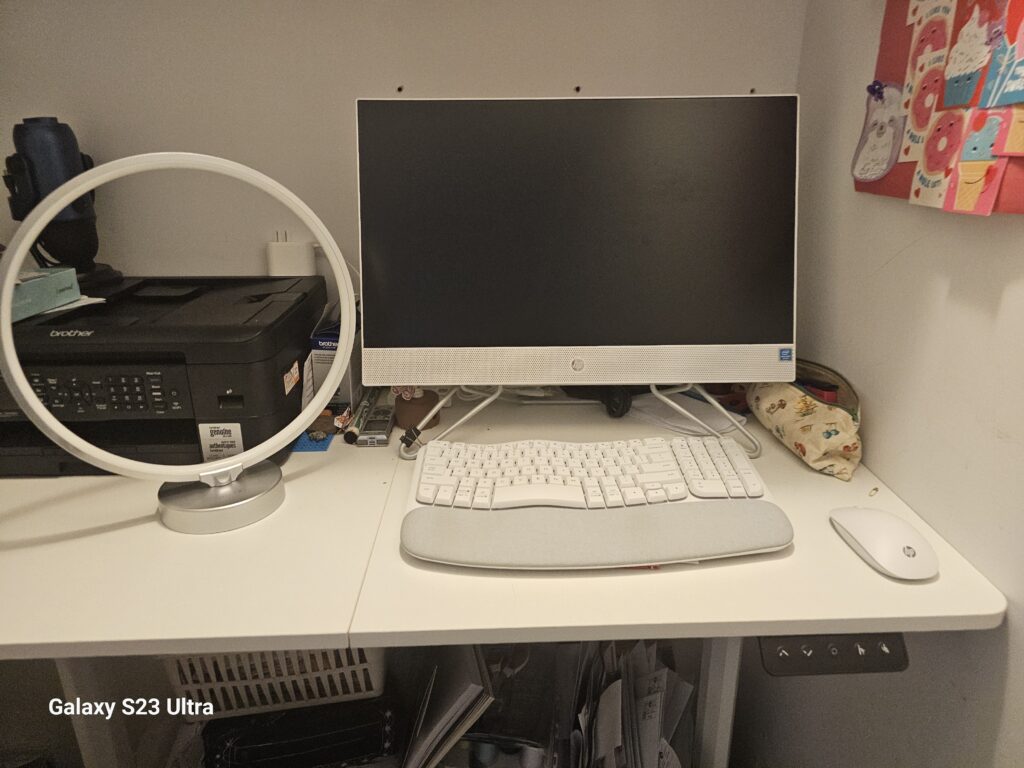
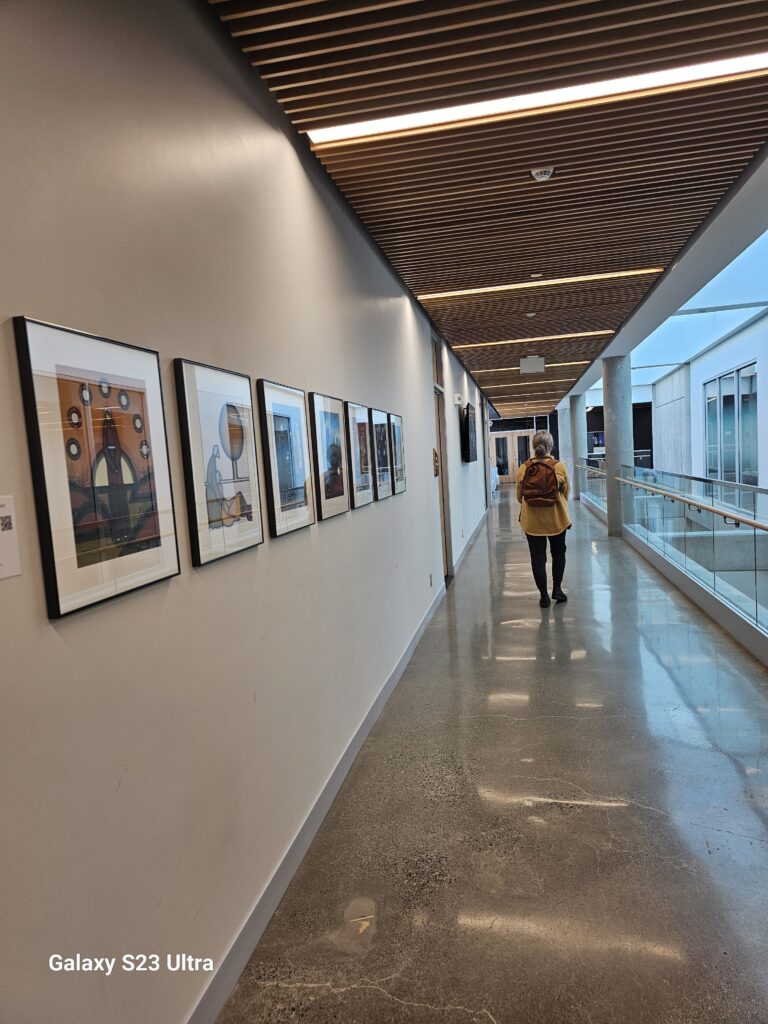
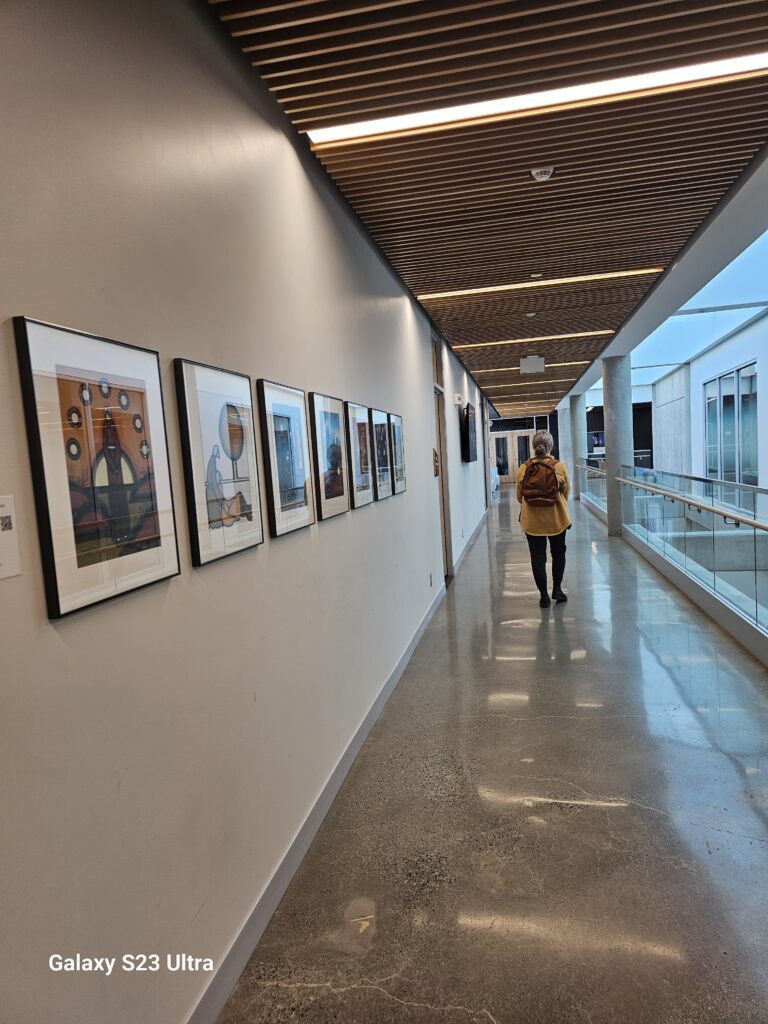
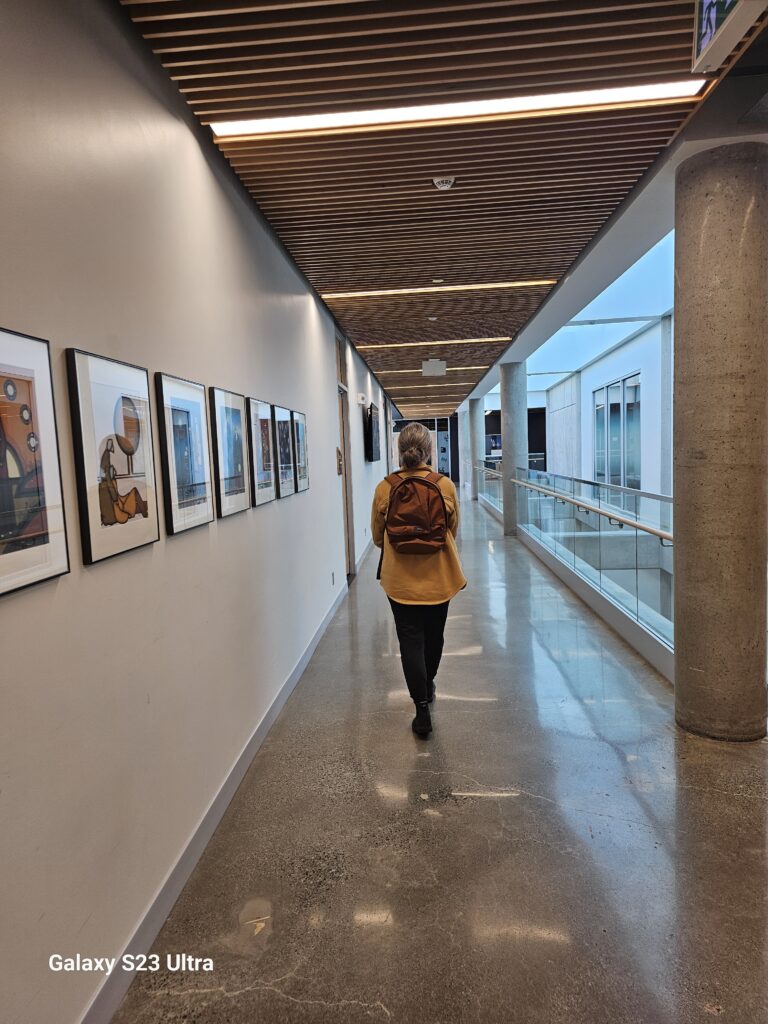
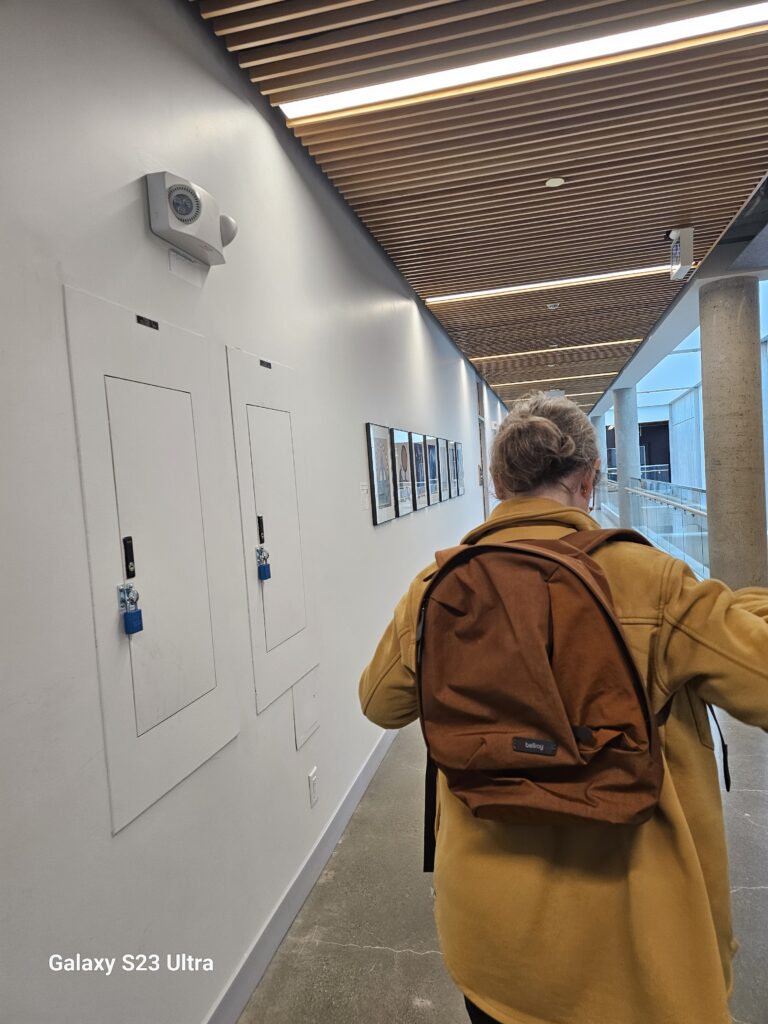
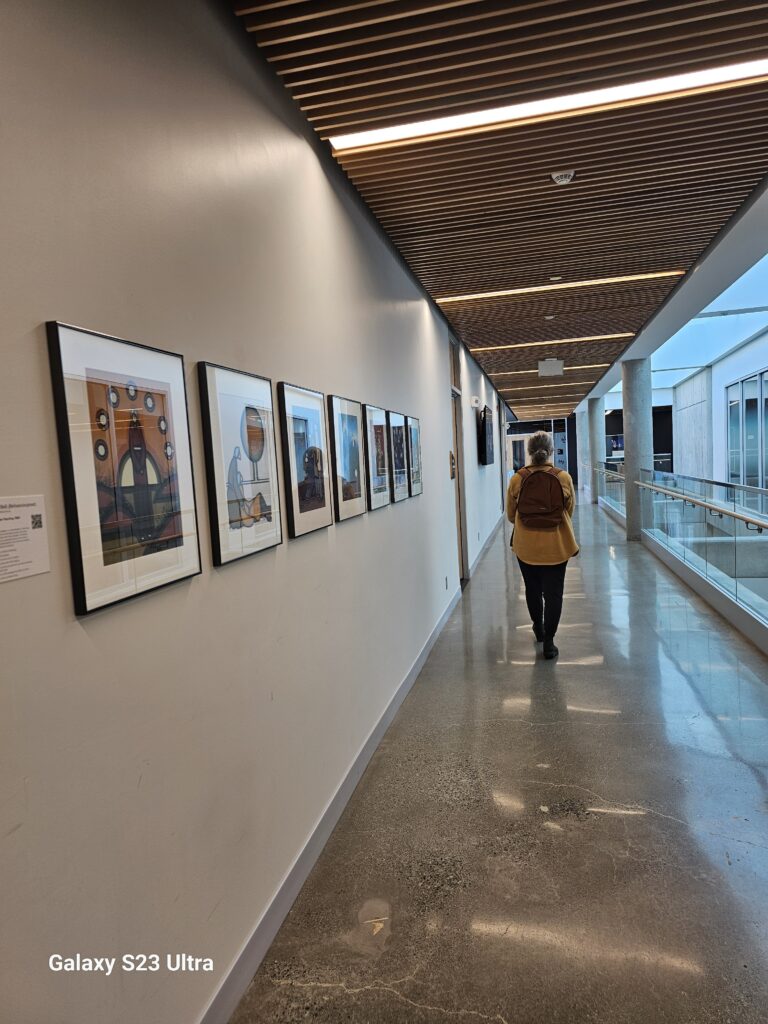
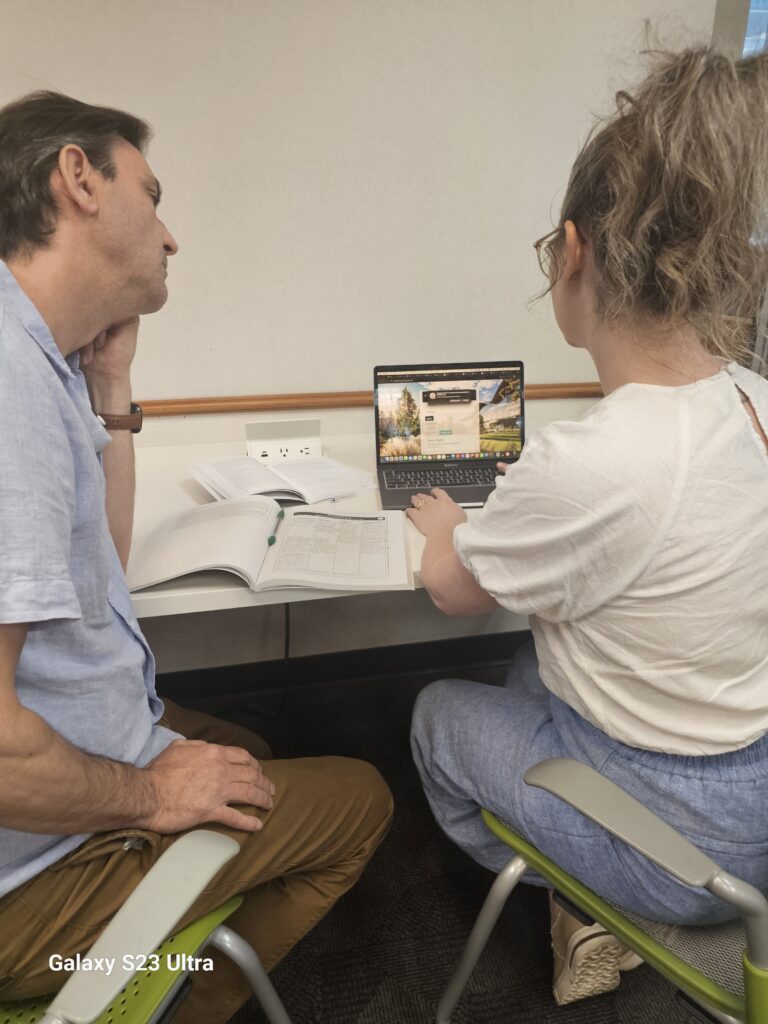
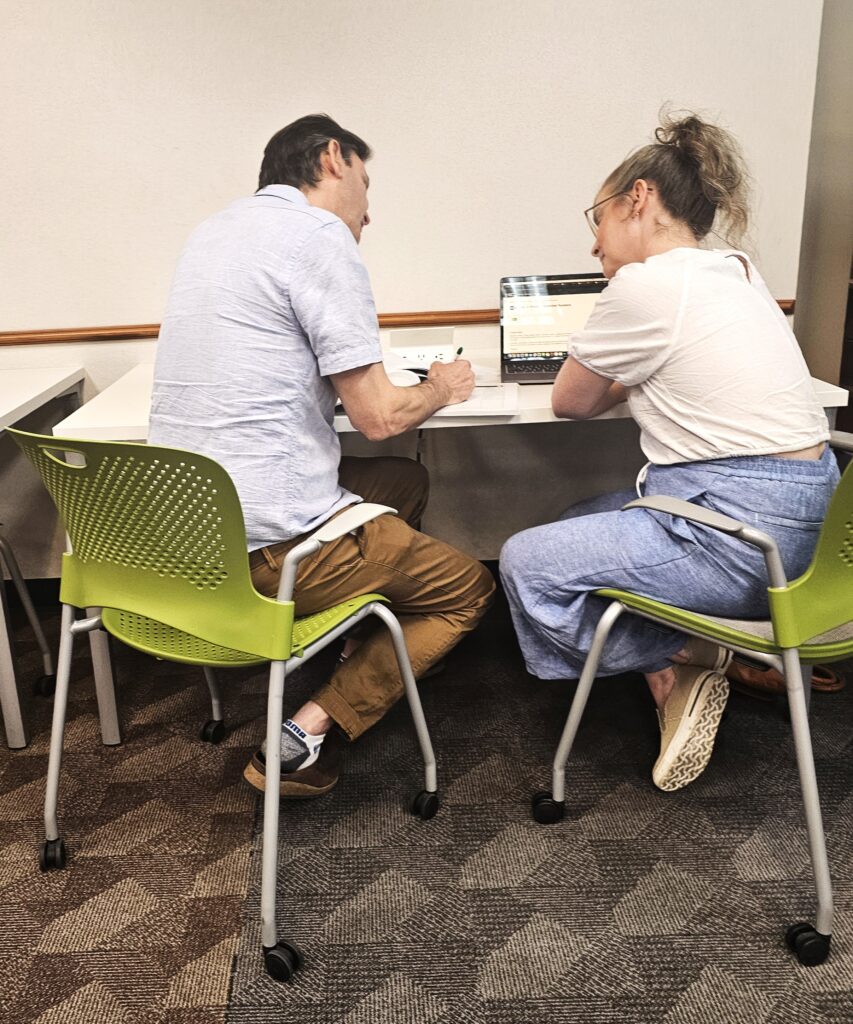
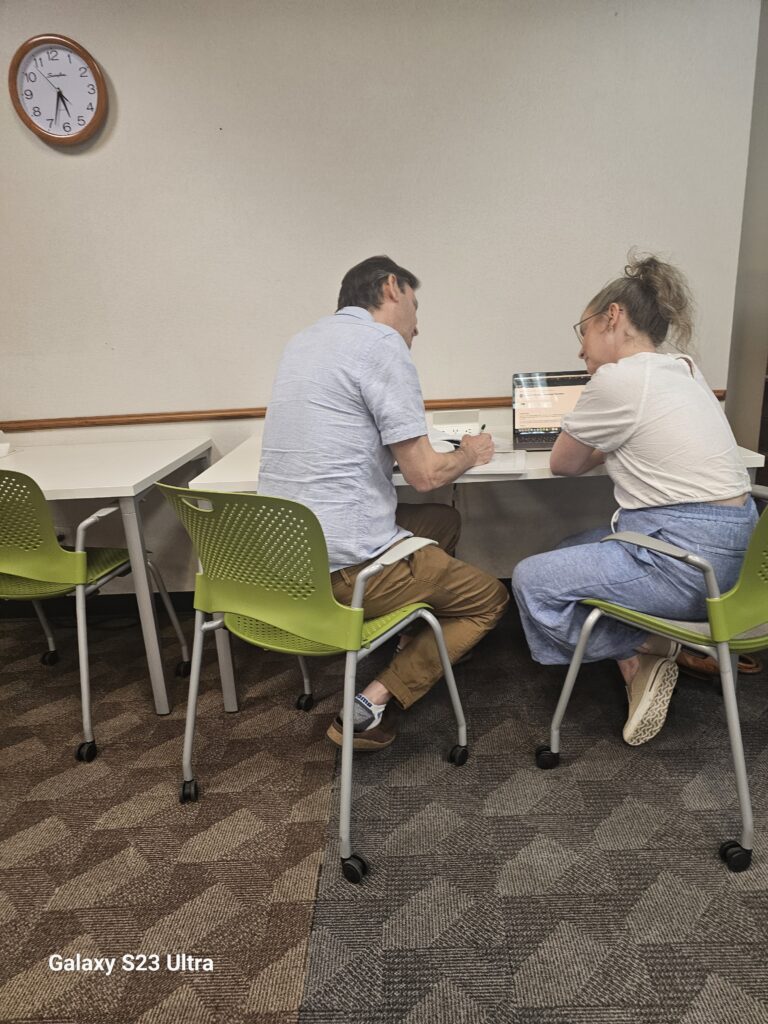
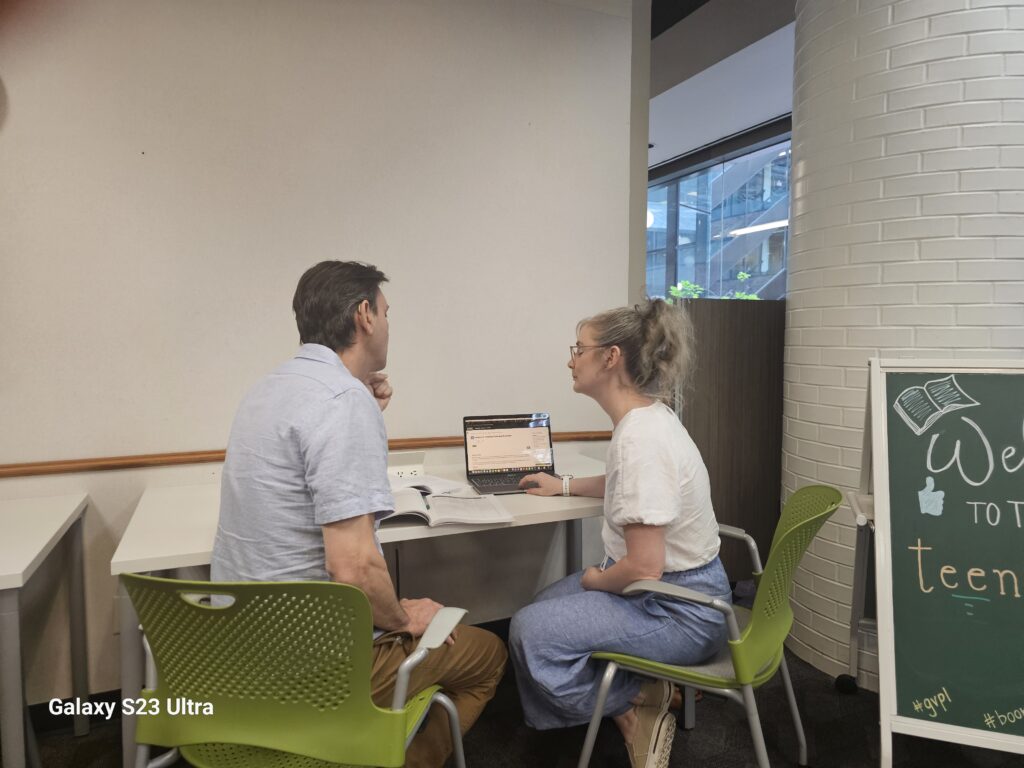




Shifting the Lens: Supporting Neurodivergent Students For Success in Higher Education
Neurodivergent students are often navigating a maze of barriers in higher education—barriers that are invisible to many but all too real for those affected. As the conversation around neurodiversity grows, it becomes clear that colleges and universities are falling short of creating truly inclusive environments. The truth is that these students are often left behind without the proper support. However, what if the academic world could shift to embrace the strengths and needs of neurodivergent students? Turning challenges into opportunities for personal growth and academic success.
The Challenge of Neurodiversity in Higher Education

Andrea Bugslag. May 6th, 2025
Despite increasing awareness, neurodivergent students are still marginalized in higher education. Students with ADHD and Autism often struggle with executive functioning, social communication, and sensory sensitivities that make navigating university life challenging. However, these students also bring valuable perspectives and strengths, such as innovative thinking and problem-solving skills, that can enrich campus life if given proper support (Gerlach, 2024). Many universities lack comprehensive policies or individualized approaches to meet neurodivergent students’ needs. Butcher and Lane’s (2024) study shows that these students often feel isolated, misunderstood, and unsupported, particularly regarding academic accommodations and social integration.
Effective Supports for Success

Andrea Bugslag. May 4th, 2025
Creating an inclusive environment requires more than just offering accommodations. Hamilton and Petty (2023) argue that compassionate pedagogy—teaching methods that consider the emotional and psychological needs of neurodivergent students—is key to improving their experiences. This approach emphasizes empathy, patience, and flexibility to ensure students feel understood and supported. Moreover, executive functioning supports, like time management and social communication training technology, help neurodivergent students develop essential life skills. Gray’s (2024) review underscores the importance of tailored services in fostering success and reducing overwhelm.
Moving Toward a More Inclusive Future

Although progress has been made, institutions must continue to examine and address the barriers neurodivergent students face. According to Clouder et al. (2020), one key step is adopting universal design principles that consider the varied needs of all students, not just neurotypical individuals. This approach ensures that neurodivergent students’ needs are met from the outset.
However, one significant barrier to progress is that many institutions lack the funding or resources to implement widespread accommodations. Additionally, some administrators resist overhauling existing systems to accommodate neurodivergent students despite mounting evidence of the benefits. Despite these obstacles, the benefits of a genuinely inclusive academic environment extend beyond neurodivergent students. Embracing diversity in all forms creates a richer, more dynamic educational experience for everyone.
A Call for Change

Tiffany Whyte. May 1st, 2025
As higher education evolves, neurodivergent students must receive the tools, resources, and support they need to succeed. Moving forward, universities must prioritize inclusive practices and compassionate pedagogy, ensuring neurodivergent students survive and thrive. By overcoming funding limitations and institutional resistance, universities can create a more equitable educational system for all students, empowering everyone to reach their full potential.
Interview with a Neurodivergent Individual in Higher Education
This interview sheds light on the often-overlooked challenges neurodivergent students face in higher education, from a lack of accommodations to rigid learning environments. Sharing lived experience highlights the need for flexible, inclusive approaches, like self-paced learning and supportive tools, to help all students thrive.
For More Information
For more information on how to support neurodivergent students in higher education, visit the following resources:
- Gerlach, J. (2024). Securing Your College Success as a Neurodivergent Student. Psychology Today. https://www.psychologytoday.com/intl/blog/beyond-mental-health/202406/securing-your-college-success-as-a-neurodivergent-student
- This article offers practical strategies for neurodivergent students to thrive in a college setting. It focuses on time management, self-advocacy, and seeking the right accommodations.
- Gray, M. (2024). A Review of Executive Functioning and Social Communication Supports for Neurodiverse College Students. Greenslade University of New Hampshire. https://scholars.unh.edu/cgi/viewcontent.cgi?article=1850&context=honors
- This review examines the role of executive functioning and social communication supports in helping neurodivergent students succeed academically, highlighting evidence-based interventions and support models.
- Clouder, D., Karakus, M., Cinotti, A., Ferreyra, M., Amador, G., & Rojo, P. (2020). Neurodiversity in Higher Education: A Narrative Synthesis. Higher Education, 80. https://doi.org/10.1007/s10734-020-00513-6
- This article provides an in-depth synthesis of neurodiversity research and advocates for more inclusive educational practices, considering neurodivergent students’ needs.
- Hamilton, L. G., & Petty, S. (2023). Compassionate Pedagogy for Neurodiversity in Higher Education: A Conceptual Analysis. Frontiers in Psychology, 14, 1093290. https://doi.org/10.3389/fpsyg.2023.1093290
- This analysis highlights the importance of compassionate pedagogy and provides guidelines for instructors to support neurodivergent students’ success in academic settings.

This is site is meant to provide a running start for building your assignments in WordPress. If this is your first time using WordPress take a look at the How-To Guide to get started.
Once you feel comfortable, you can customize this site in many ways: adding images, changing themes, settings, etc…
All the additional example posts on this site can be deleted or changed to a draft (not visible on the main page) once you get rolling with your assignments.
Site Privacy Settings
You can adjust your WordPress site privacy options from your Dashboard under Settings>Reading in the Site Visibility section. If you would like your site to be private we suggest using the following two options:
- Discourage search engines from indexing this site
- Visible only to registered users of this network
Note: The settings above still allow anyone with your site address and an opened.ca account to access your website, but it’s necessary for your Open Learning Faculty Member to access your assignments.